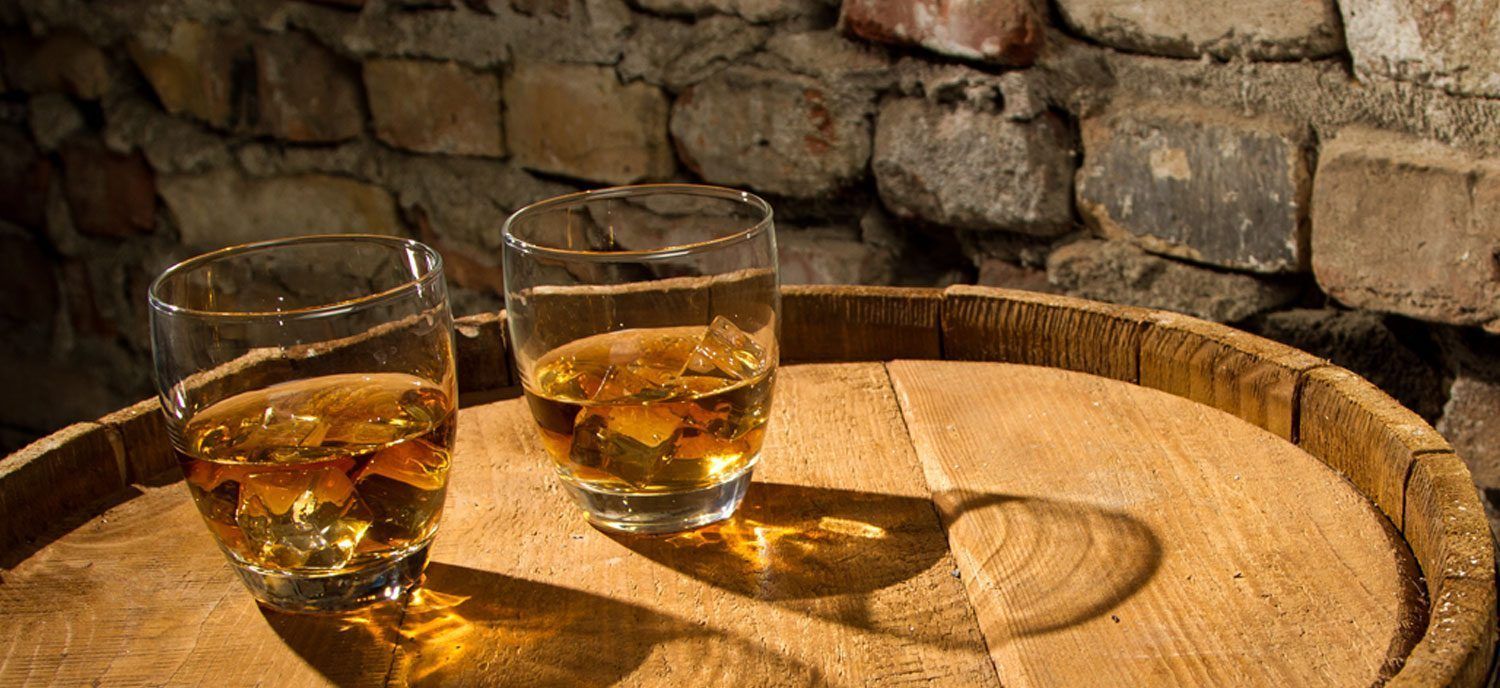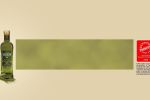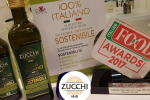27 February 2015
Scotch is one of the most famous varieties, and comes from Scotland. Another, produced in Kentucky, was christened Bourbon. But these, together with many other more or less known names, are part of one big family: whisky.
This term refers to the celebrated alcoholic drink (normally between 40 and 45 percent) obtained from the distillation of various fermented grains – some malted – and usually aged in wooden casks. It is a product which, by definition, is created from the combination of different ingredients: and so it is another excellent example of a blend.
Suffice to say that in the top Scottish distilleries, as much as 95% of the whisky produced is used for blending and only the small remaining part is sold as single malt whisky. A blended whisky, on the other hand, is not created from the combination of a malt and grain distillate, but from the marriage between different single malts (between fifteen and forty) and one or more grain whiskies.
The choice of malt types, as well as the number and amounts, lies with the instinct and experience of the master blender. The final goal is to produce a whisky with a defined and recognisable character (it is essential that the blend never varies from what consumers around the world expect). To do this, the master blender needs to know when the right time has been reached to use the various single malts, when to take them from the maturation warehouse, and when to transfer them to the blending facility….This is before considering the other skills related to the choice of raw materials and tasting.
As can be surmised from the similarity of the two names, the master blender is exactly the same as our blendmaster. And just as the blendmaster is important in the world of olive oil, so the master blender plays a fundamental role in the whisky market.






